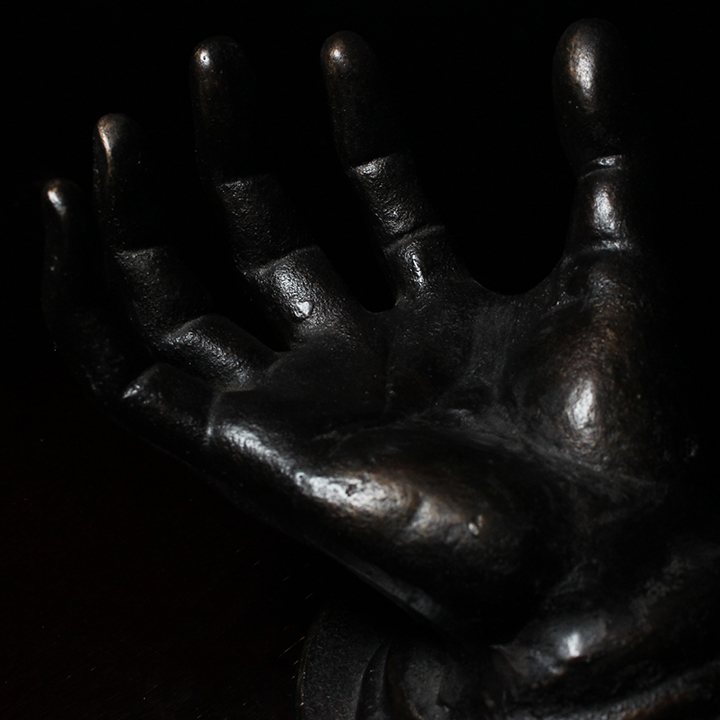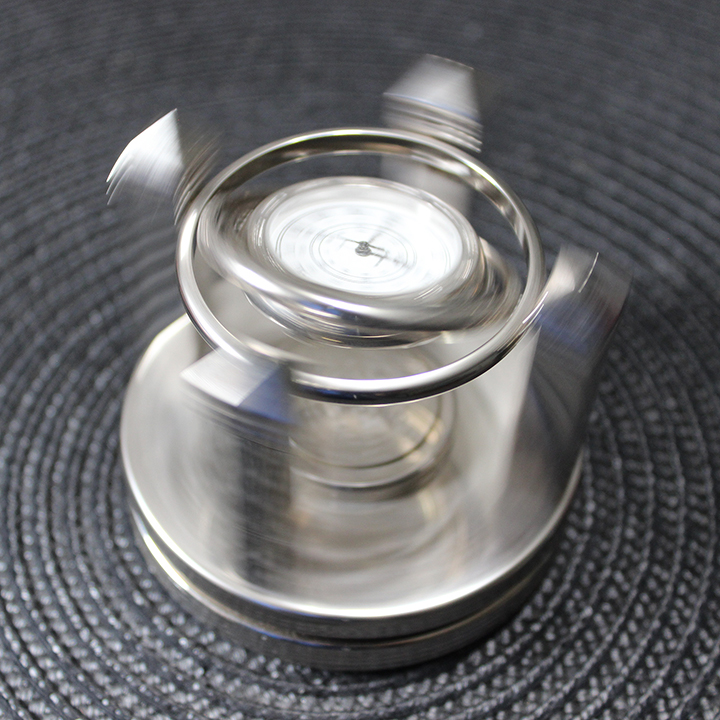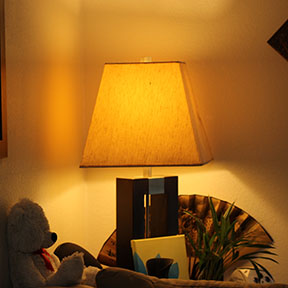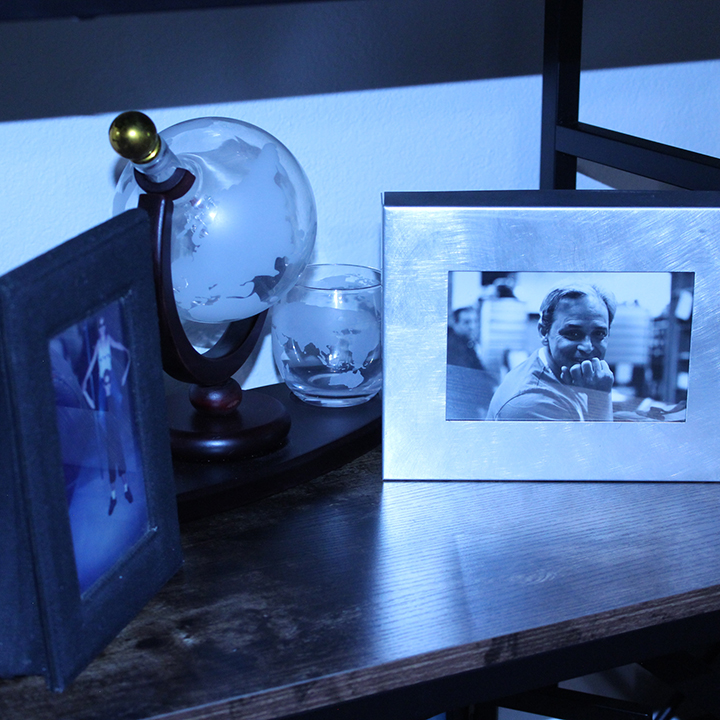Bad Photos
This is officially my first assignment and post of the resultant pics.
One great way to learn how to take good photos is to intentionally take bad ones. Not just any deliberate mess-up will do though. There are five requirements to this assignment (detailed below) that are intended for me to actually take control of exposure, shutter speed, and ISO to produce a specifically bad photo. Sounds like fun (because I’m really good at taking bad photos).
The Requirements (As taken from Lectures on Digital Photography)
- Bad Exposure: At least one photo must be poorly exposed. That is, most of the images should be either very close to black (underexposed) or close to flat white due to oversaturation (overexposed).
- Motion Blur: The main subject of at least one photograph should be motion-blurred, either due to the movement of the subject or the movement of the camera.
- Bad Focus: In at least one photo, nothing at all should be in focus. It’s hard to take a good-looking photo where nothing is in focus – be creative!
- Bad White Balance: You should use the wrong white balance setting for some intentional effect in at least one photo. The white balance setting on a camera tells the camera what color it should expect the scene illumination to be, for example, daylight (which is bluish) or indoor incandescent (which is reddish). Most cameras have an “auto white balance (AWB)” setting and manual settings for these other illumination types. You don’t need to understand white balance in detail to fulfill this requirement. (I like that last sentence.)
- Bad Composition: At least one photo should be poorly composed. Scan through Chapter 12 of the London textbook if you’ve bought it, and search on Google for “rules of composition“. Read about them, and then intentionally break a few. If you’re not sure what to do you may want to consider an exactly centered subject that produces an oddly symmetric photo, confusion between the subject and a background object, or a horizon that isn’t level. We will cover photographic composition in a lecture in 2 weeks.
Additionally, and while the assignment did not mention it, I will be shooting these using a Canon EOS Rebel T3i 35mm DSLR with a 40mm lens set to manual mode. It should go without saying, the F-stop (Exposure), shutter speed, and ISO will be varied with each individual shot. In the results below I will note each of these settings for each photo.
The Photos
Note that I wasn’t going for any creativity points. I just wanted to satisfy the requirements by controlling the settings. Creativity will come later (I hope).
Requirement 1 – Bad Exposure
- Exposure: F4.5
- Shutter Speed:1/30
- ISO: 6400
- Result: Over Exposed
Requirement 1 – Bad Exposure
- Exposure: F8
- Shutter Speed: 1/60
- ISO: 800
- Result: Under Exposed
Requirement 2 – Motion Blur
- Exposure: F4.5
- Shutter Speed: 1/30
- ISO: 800
- Motion Method: Camera, lateral movement
- Result: Motion blur achieved
Requirement 3 – Bad Focus
- Exposure: F4.0
- Shutter Speed: 1/60
- ISO: 1600
- Subject: Part of my desk
- Result: Mission accomplished
Requirement 4 – Bad White Balance
- Exposure: F4.0
- Shutter Speed: 1/60
- ISO: 800
- WB setting for Daylight
- Result: Um, I think I did this right (wrong)
Requirement 5 – Bad Composition
- Exposure: F4.0
- Shutter Speed: 1/60
- ISO: 800
- Result: I think of this as bad composition. I see things that could have been better.
- PS: This also serves as a good example of a bad white balance.
My Take-away
I learned a lot from this assignment and I really enjoyed doing it. I learned that exposure, shutter speed, and ISO can be manipulated in order to create a specific desired outcome (even if the desire is to produce a bad image). I reasoned that if I can control the “badness” of a photo, it’s reasonable I can control the “goodness” too. Having been exposed to these settings and what they do is likely to be a long-lasting and very valuable lesson for me.
Now on to the next assignment…





